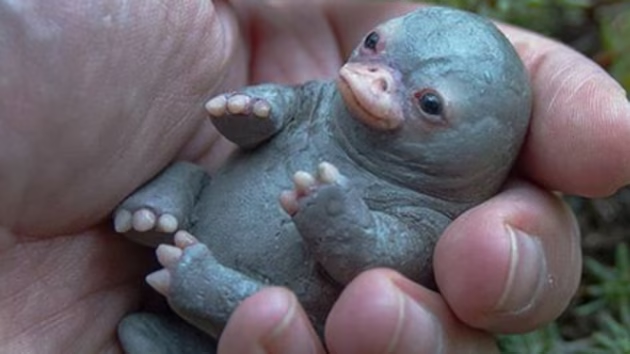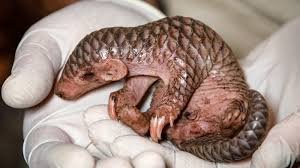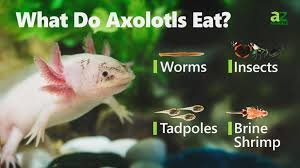
baby bears
Baby bears, often known as cubs, are some of the most charming and endearing creatures in the animal kingdom. Their fluffy fur, innocent eyes, and playful antics have captivated the hearts of wildlife lovers worldwide. Whether it’s their first steps in the wild or their adorable interactions with their mothers, baby bears are a symbol of nature’s raw beauty and nurturing instincts. In this article, we’ll explore the world of baby bears, their development stages, and their role in the environment.
What Makes Baby Bears So Special?
Baby bears, or cubs, are born helpless and completely dependent on their mothers. Unlike many other animals, bear cubs experience an extended period of care, which is essential for their survival. Their physical and behavioral development is influenced by a range of factors, including genetics, environment, and the care provided by their mothers.
Why Are Baby Bears So Adorable?
There’s something irresistibly cute about baby bears. With their round faces, big eyes, and fluffy coats, they fit all the criteria for cuteness. Experts suggest that humans are biologically wired to find baby animals cute because their characteristics trigger nurturing instincts. The large eyes, small bodies, and soft features of baby bears help us connect with them emotionally.
Additionally, bear cubs are playful, and their curiosity often leads to hilarious situations, making them incredibly endearing. But while their playful nature can be fun to watch, bear cubs are also learning valuable survival skills that will help them navigate the challenges of the wild.
The Different Species of Bears and Their Cubs
There are eight species of bears worldwide, and each one has its own unique characteristics. Let’s take a look at the different species and their cubs:
1. American Black Bear (Ursus americanus) – The Common Cubs
American black bears are the most widespread species in North America. Their cubs are born in dens during the winter months and are typically born blind, weighing less than a pound. These cubs will stay with their mother for about 18 months to learn how to survive in the wild. To learn more about their habitat and behavior, visit our American Black Bear Guide.
2. Grizzly Bear (Ursus arctos horribilis) – The Powerful Cubs
Grizzly bear cubs are born in a similar way to black bear cubs, but grizzly cubs tend to be larger at birth. They are raised by their mothers in the rugged landscapes of North America. Grizzly cubs stay with their mothers for about 2 to 3 years to learn vital skills like foraging and fishing. Explore more about the Grizzly Bear in our Grizzly Bear Guide.
3. Polar Bears (Ursus maritimus) – The Arctic Cubs
Polar bear cubs are born during the harsh winter months in Arctic dens. At birth, they are blind, deaf, and completely helpless. Mother polar bears take great care of their cubs, keeping them warm in the icy environment. Polar bear cubs stay with their mothers for about 2 to 3 years before becoming independent. To discover more, check out our detailed article on Polar Bears.
4. Panda Bears (Ailuropoda melanoleuca) – The Adorable Bamboo Cubs
Panda bear cubs are extremely small at birth, weighing about 90 grams (the size of a stick of butter!). They are completely dependent on their mothers during the first few months of their lives. Pandas spend their early years learning how to forage for bamboo, which makes up the majority of their diet. Learn more about Panda Bears in our comprehensive guide.
5. Sloth Bears (Melursus ursinus) – The Solitary Cubs
Native to India and Sri Lanka, sloth bear cubs are born in dark dens and are raised in the forest. These cubs are carnivorous, and as they grow, they will rely on their mothers to learn how to hunt insects like termites and ants. Explore more about the Sloth Bear in our Sloth Bear Care Guide.
Baby Bear Development Stages
The development of baby bears is a slow process that requires constant care from their mothers. Let’s take a closer look at the different stages of baby bear growth:
1. Newborn Cubs (0-2 Months)
At birth, baby bears are incredibly vulnerable. They are born blind, deaf, and hairless. During these early months, cubs are completely reliant on their mothers for warmth, food, and protection. Cubs are typically nursed for several months, gaining weight and growing rapidly during this stage. Check out our guide on newborn bear cub care for more details.
2. Juvenile Cubs (3-6 Months)
Around 3 months, baby bears begin to open their eyes and start to move around a little more. They begin to explore their surroundings, although they still rely heavily on their mothers for guidance. At this stage, bear cubs will start to eat solid food but will still nurse intermittently. To understand the behaviors and needs of juvenile cubs, read our juvenile bear cub care guide.
3. Adolescent Cubs (6-18 Months)
As bear cubs grow into adolescents, they become much more independent but still depend on their mothers for survival skills. Cubs at this stage begin to practice foraging, climbing, and hunting (if applicable to the species). They also start to build social bonds with other bear cubs and animals in their environment. Learn more about adolescent bear cub behavior in our guide.
4. Independent Cubs (18 Months – 3 Years)
By this age, bear cubs are generally ready to leave their mothers and start living independently. However, some species, like the Grizzly Bear, stay with their mothers for up to 3 years. Once they are on their own, they begin to forge their own paths, finding food and establishing territories. For more on independent bear cubs, explore our independent bear cub care guide.
The Role of Bear Cubs in the Ecosystem
While bear cubs may seem like just adorable creatures, they play an important role in the balance of ecosystems. From their early years, they begin to learn essential survival skills that help them grow into apex predators. Here are a few ways they contribute:
1. Maintaining Forest Health
Species like the American Black Bear and Grizzly Bear help maintain forest ecosystems by dispersing seeds and facilitating plant growth. Their habits of foraging and digging allow plant life to flourish.
2. Nutrient Cycling
Bears are essential for nutrient cycling in their habitats. As omnivores, bear cubs learn to eat a variety of foods, from plants to small animals. When they hunt, they often leave carcasses behind, which provides food for scavengers. For more on bear ecosystems, visit our ecosystem contributions of bears guide.
3. Predator Control
As bear cubs mature into adult bears, they help control populations of other animals. Bears can regulate populations of smaller predators and herbivores, ensuring balance within the food chain.
How to Protect Baby Bears
While baby bears are incredibly resilient, they face threats from human encroachment, habitat loss, and climate change. Protecting these creatures is essential to ensure their survival in the wild.
1. Habitat Protection
It’s crucial that we protect bear habitats from deforestation and urban development. By preserving these ecosystems, we can help ensure that baby bears have a safe place to grow and thrive. Learn more about protecting bear habitats in our detailed article.
2. Reducing Human-Wildlife Conflict
As bear populations grow, so do the encounters between humans and bears. It’s important to educate the public on bear safety and how to minimize human-wildlife conflict. For tips on how to stay safe around bears, check out our bear safety tips.
3. Conservation Efforts
Various conservation organizations are working to protect baby bears and their habitats through wildlife protection laws and educational campaigns. To learn how you can get involved in bear conservation, visit our conservation guide.
Conclusion: Baby Bears Are Worth Protecting
Baby bears are not only incredibly cute but also vital to the health of their ecosystems. From the moment they are born, they begin learning essential survival skills that help maintain the balance of nature. As they grow, they contribute to the health of forests, the food chain, and wildlife populations.
By protecting baby bears and their habitats, we can ensure that these magnificent creatures continue to thrive for generations to come. So the next time you see a baby bear, remember that they represent more than just adorable creatures; they are a symbol of nature’s beauty and resilience.






